Introduction:
The Hawker P.1121 was a British supersonic fighter aircraft designed, but never fully completed, by Hawker Siddeley during the mid-1950s. It was designed by a team headed by Sir Sydney Camm.
The P.1121 was initially funded as a private venture by Hawker Siddeley, with the aim of producing an aircraft that conformed with the requirements of Operational Requirement 339 (OR.339) by the UK Air Ministry.
In 1958, all work was stopped, shortly following the publication of the infamous 1957 Defence White Paper by Minister of Defence Duncan Sandys, which had called for manned fighter aircraft to be phased out and replaced with guided missiles.
In March 1954, Hawker decided to embark on the development of a new fighter aircraft in response to the release of Operational Requirement 323 (OR.323) by the Air Ministry. This initial design, designated as the P.1103, was a twin-seat swept wing aircraft powered by the de Havilland Gyron turbojet engine and armed with two sizeable Red Dean air-to-air missiles. The proposed design was reworked the following year when, in February 1955, the Ministry issued OR.329, which, amongst other requirements, called for a large 40-inch (100 cm) sweep-scanning radar unit, AI.18, to be installed. In October 1955, Hawker decided to tender its revised P.1103 proposal for the requirement, notably offering the Red Hebe missile as an alternative to Red Dean.
In 1956, Air Marshal Thomas Pike, the Deputy Chief of the Air Force, approached Sidney Camm, the lead designer of the P.1103, to air his suggestion that the proposed aircraft might be reasonably adopted to perform as a combined long-range interceptor and ground attack platform, which could include the potential utilisation of nuclear weapons. Camm, who found the suggestion to be favourable with his thinking, promptly directed his team to design a twin-seat strike derivative of the P.1103, which was soon given the designation P.1116; a similar single-seat proposal was also prepared, designated P.1121.
In terms of specifications, capacities and performance, the proposed P.1121 was similar to the American McDonnell Douglas F-4 Phantom II, which was at that point also under development, both aircraft possessing comparable performance and load carrying capacity. According to Hawker's own summary within the presented proposal, the P.1121 was promoted as being ready for production as early as 1960, and was to have been capable of speeds of up to Mach 2.5. Promoted elements of the design included its high speed, large internal fuel capacity, provision for a wide range of munitions and equipment, and being strengthened for a full range of ground attack profiles. Hawker promoted in detail the long-term development potential of the P.1121 to the RAF.
In addition to the Mach 2.5 design, Hawker also carried out initial design work upon an even faster version of the P.1121. This model, which was projected to be capable of Mach 3, was to be outfitted with a steel wing along with an uprated engine in order to achieve this increase. Multiple radical proposals, such a version which would have utilised a combination of both rocket and jet propulsion, had also mooted for the type. In May 1957, Camm produced a rough draft of a twin-engined version of the aircraft, designated as the P.1125, which was to have been powered by a pair of Rolls-Royce RB.133 engines. While the prototype would be furnished with a Gyron P.S.26-6 model capable of 17,400 lbf (77 kN) thrust (23,800 lbf (106 kN) with reheat), production aircraft had been envisioned to make use of the more powerful P.S.26-3 engine, capable of 20,000 lbf (89 kN) thrust (27,000 lbf (120 kN) with reheat). The Gyron engine would have provided the P.1121 with a relatively quick time-to-altitude and interception performance in comparison to contemporary fighters.
By September 1957, at which point the infamous 1957 Defence White Paper was published, work had progressed to an advanced stage on the P.1121 project. While OR.329 was cancelled, it was recognised that the design could be reworked to meet OR.339, which was by then the only-remaining long term manned aircraft requirement left to contend for. During October 1957, shortly after the receipt of OR.339 that month, it was determined that an enlarged version of the P.1125 proposal was the most likely candidate to meet the requirements, thus, in January 1958, it was submitted as the P.1129, powered by a pair of Rolls-Royce RB.141 engines.
On 25 June 1959, the Defence Research Policy Committee approved funds for OR.339, at which point Hawker Siddeley's management directed that a re-submission be made. Accordingly, Camm produced a modified P.1129 proposal, which drew on improvements featured on a competing design by Avro. By Summer 1958, the major assemblies for the P.1121 had been completed along with extensive wind tunnel testing, most of the system trials had also been completed. However, the Hawker Siddeley board decided to slow development on the project, being unwilling to self-finance its final completion along with its maiden flight, pending upon the outcome of OR.339. Thus, the nearly complete aircraft remained in Hawker's Kingston facility effectively due to lack of funding.
In January 1959, it was announced that a competing submission by Vickers and English Electric had been awarded the contract for OR.339, which effectively signalled the demise of P.1121. The company's board saw no value in pursuing development against government favour. While efforts were made during 1960 to revive the P.1121 programme, by this point development of the Gyron engine that was to power it had already been terminated as well. The aircraft had failed to be selected due to the Air Staff having been unable to understand the concept of the multi-purpose functionality of the aircraft, which would become commonplace on later aircraft. While seeking a new project to take the place of the P.1121, Camm soon began work upon another new and radical aircraft design, designated as the Hawker Siddeley P.1127. The P.1127 would become the Hawker Siddeley Harrier, the first effective vertical take-off and landing (VTOL) combat aircraft.
Instructions:
AG1: Detach Fuselage
AG2: Arresting hook
AG3: Parachute
AG4: Arm weapon
Also Credit to Inuyasha8215 for the HMS Ark Royal in the background
That’s it!
Specifications
General Characteristics
- Predecessor Classic Jet Challenge 12.25.23 [CLOSED]
- Created On iOS
- Wingspan 23.9ft (7.3m)
- Length 41.7ft (12.7m)
- Height 11.9ft (3.6m)
- Empty Weight 10,926lbs (4,956kg)
- Loaded Weight 14,612lbs (6,628kg)
Performance
- Power/Weight Ratio 6.92
- Wing Loading 41.3lbs/ft2 (201.6kg/m2)
- Wing Area 353.9ft2 (32.9m2)
- Drag Points 3992
Parts
- Number of Parts 169
- Control Surfaces 5
- Performance Cost 856

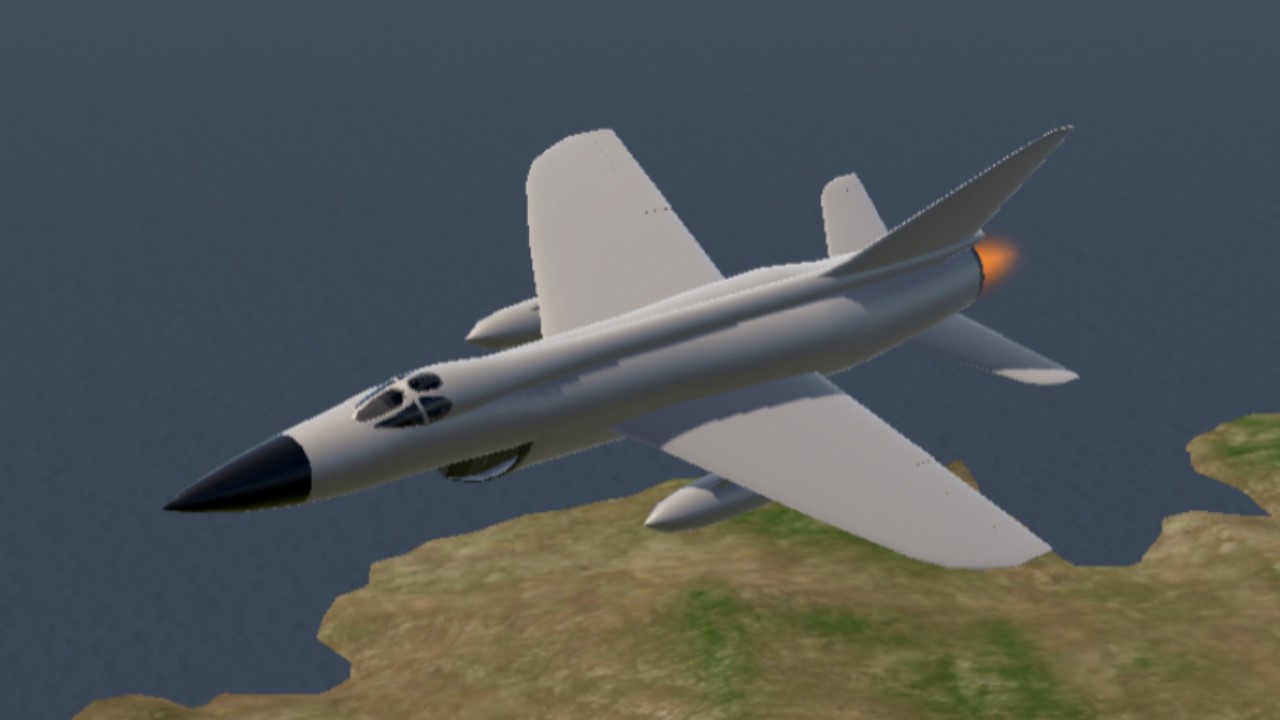
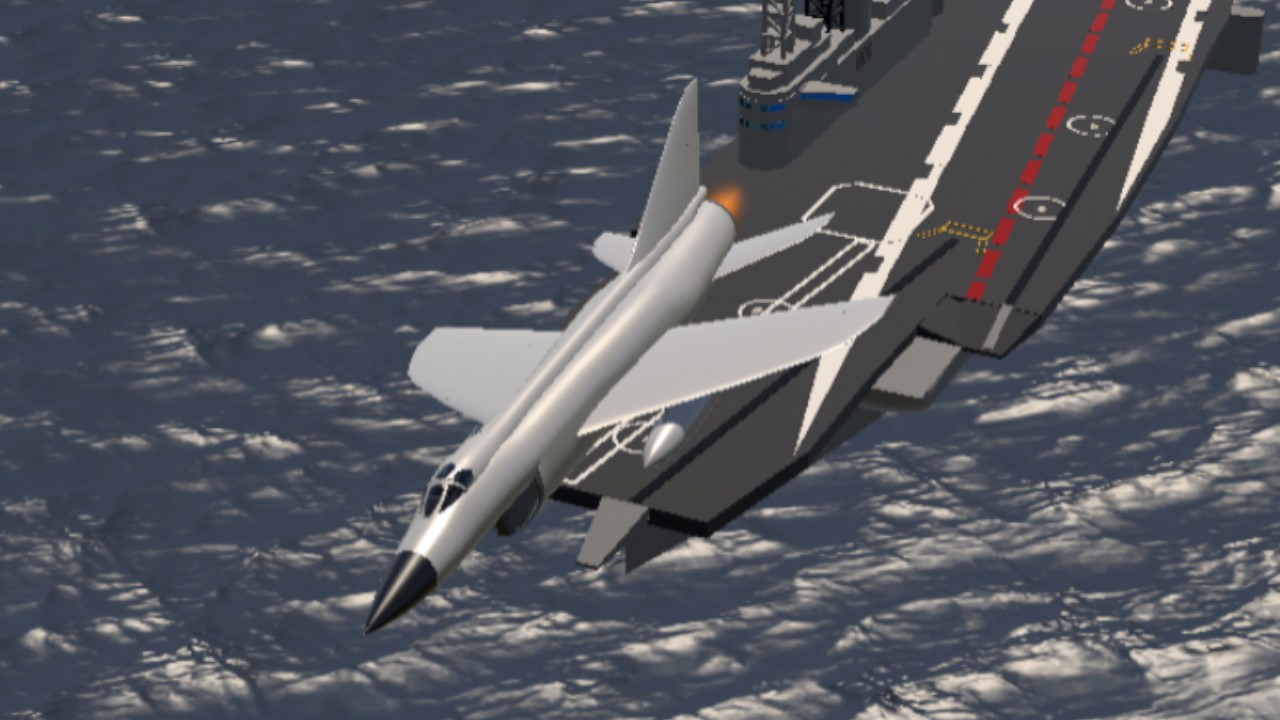
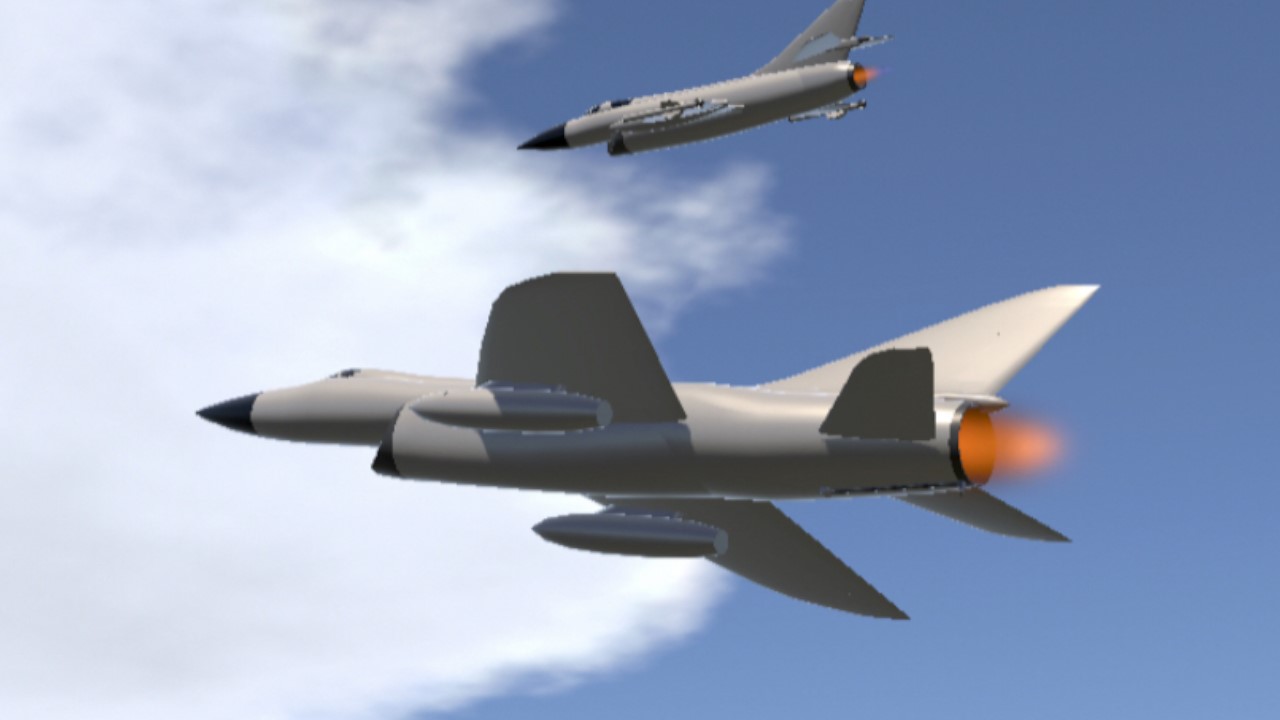
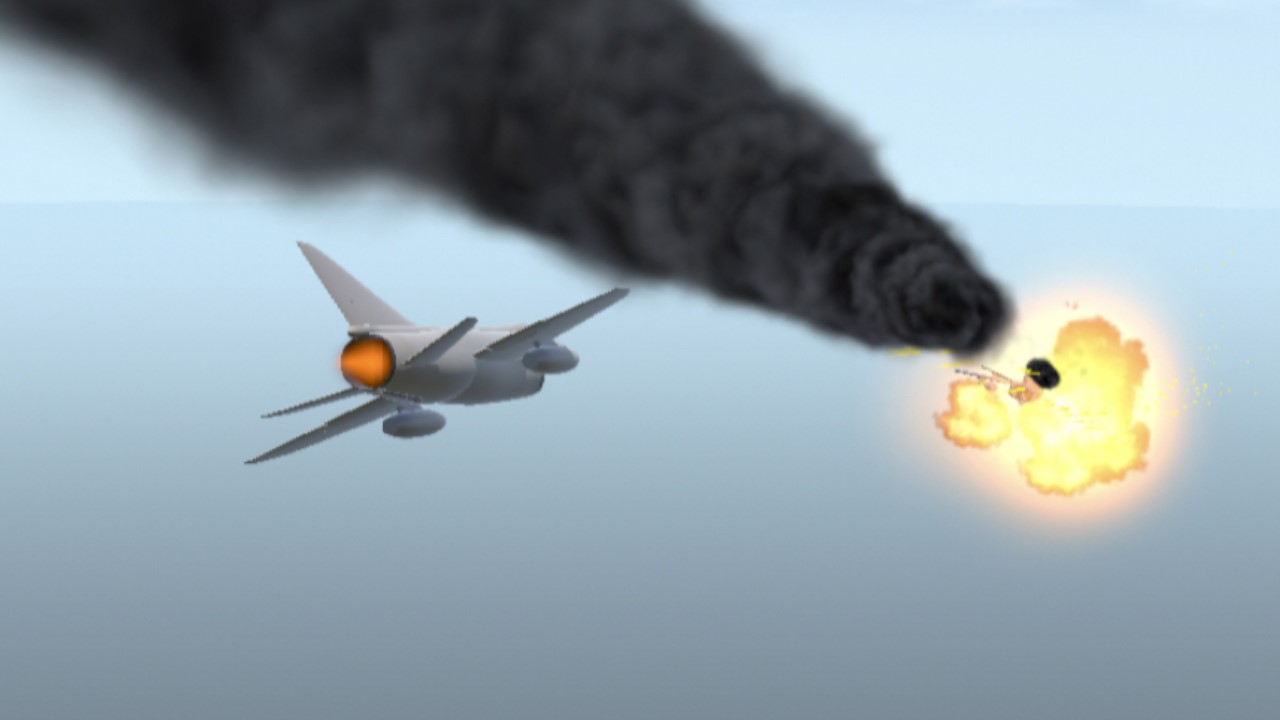
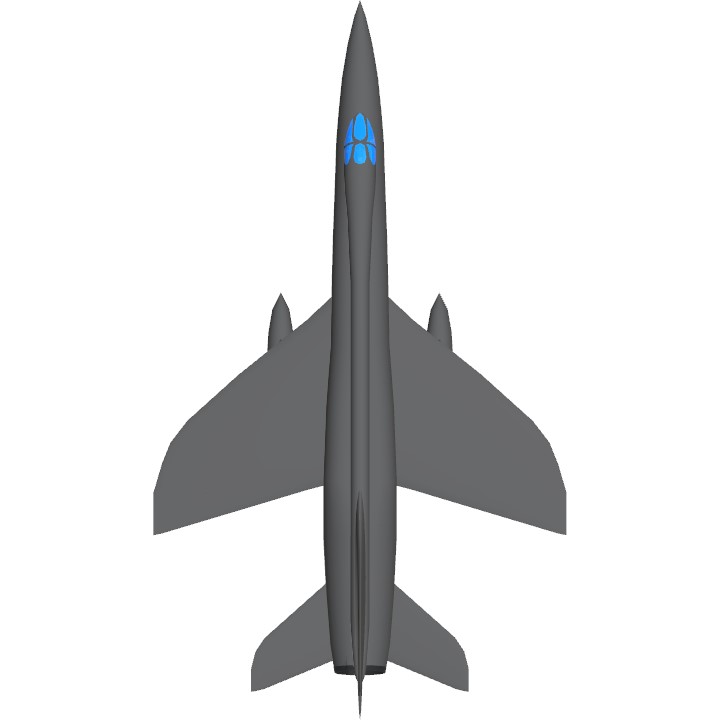

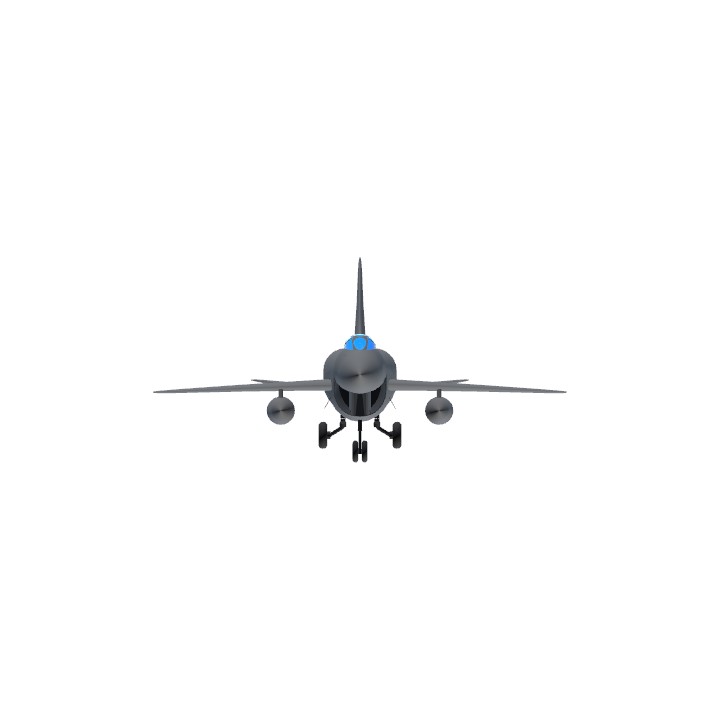
Nice build, original plane with history. I love it.
The Brits had some cool post war aircraft designs
Nice, wings looks like British ones